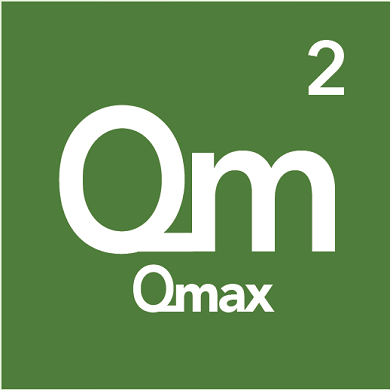Check out today’s Step 2 CK Qmax Question Challenge.
Know the answer? Post it in the comments below! Don’t forget to check back for an update with the correct answer and explanation (we’ll post it in the comments section below).
A 16-month-old, full-term boy is brought to the emergency department with burns on his chest and left arm. His mother states that she was boiling water and accidentally splashed some onto him when he startled her. She applied ice at home and immediately brought him to the emergency department for evaluation. His temperature is 37.0°C (98.6°F), pulse is 150/min, and respiratory rate is 22/min. He cries during the examination, but touching the lesions lightly does not cause increased distress. The burns are brightly erythematous in some areas, with patchy whitish, waxy spots. Several large, thin blisters have unroofed. The burns do not blanch with pressure, although this maneuver does elicit pain.
What is the depth of the described burns?
A. Deep partial-thickness burn
B. Full-thickness/third-degree burn
C. Superficial partial-thickness burn
D. Superficial/first-degree burn
———————–
Want to know the ‘bottom line?’ Purchase a USMLE-Rx Subscription and get many more features, more questions, and passages from First Aid, including images, references, and other facts relevant to this question.
This practice question is an actual question from the USMLE-Rx Step 2 CK test bank. Get more Step 2 CK study help atUSMLE-Rx.com.

